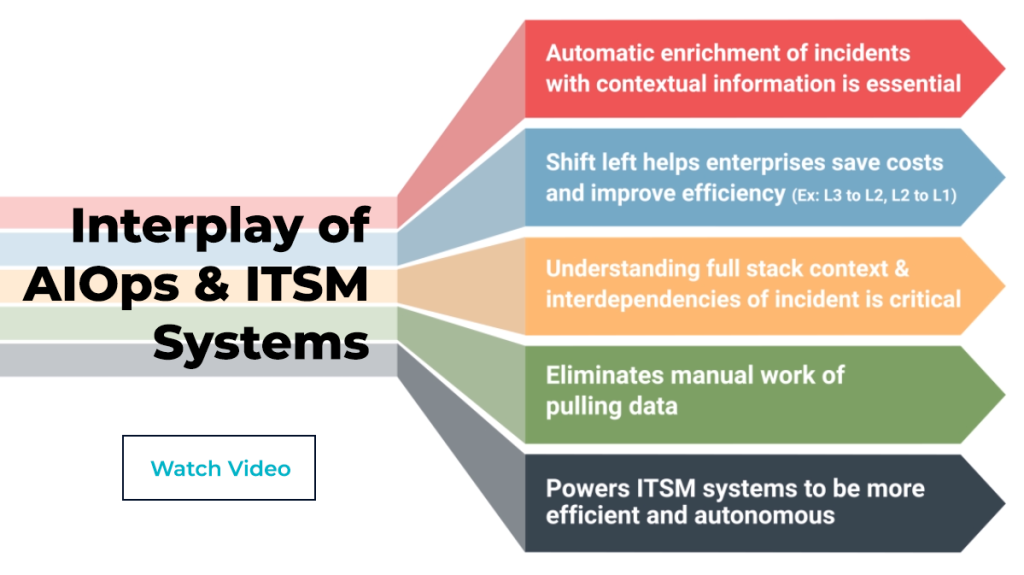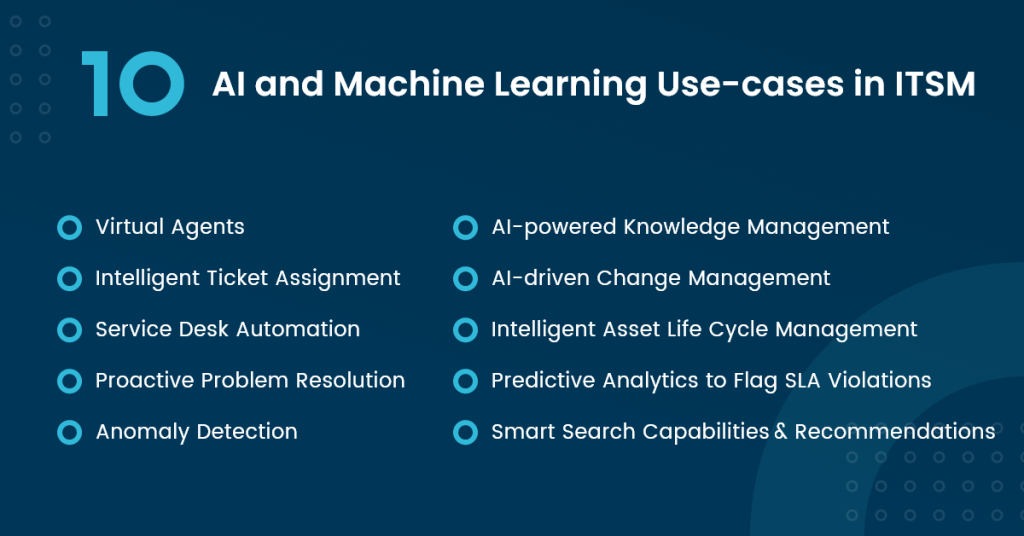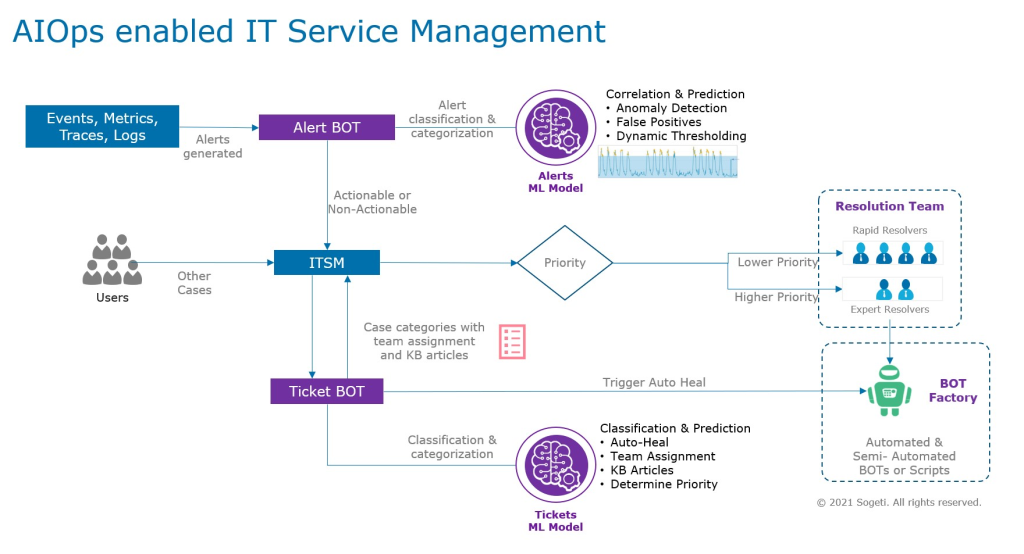Upgrade & Secure Your Future with DevOps, SRE, DevSecOps, MLOps!
We spend hours scrolling social media and waste money on things we forget, but won’t spend 30 minutes a day earning certifications that can change our lives.
Master in DevOps, SRE, DevSecOps & MLOps by DevOps School!
Learn from Guru Rajesh Kumar and double your salary in just one year.

Are you tired of dealing with repetitive IT service management (ITSM) tasks? Do you wish to streamline your IT operations and enhance your service delivery? If yes, then you need to start using Artificial Intelligence for IT Service Management (AIOps).
In this comprehensive guide, we will explore the world of AIOps and how it can revolutionize ITSM. From the basics to the advanced concepts, we will cover everything you need to know about AIOps and its benefits for ITSM.
What is AIOps?
AIOps refers to the use of Artificial Intelligence (AI) and Machine Learning (ML) algorithms to automate IT operations and improve IT service delivery. It uses data analysis, pattern recognition, and predictive analytics to identify potential issues and provide proactive solutions.
AIOps combines various ITSM practices such as incident management, change management, problem management, and service request management to provide a comprehensive solution for IT operations.
How Does AIOps Work?
AIOps works by collecting and analyzing large amounts of data from various sources such as logs, events, metrics, and traces. It uses ML algorithms to identify patterns, anomalies, and correlations in the data.
Based on the analysis, AIOps can provide insights into potential issues, predict future problems, and suggest solutions. It can also automate repetitive tasks and facilitate faster incident resolution.
Benefits of AIOps for ITSM
AIOps offers numerous benefits for ITSM, some of which are:

1. Improved Efficiency
AIOps can automate repetitive tasks and reduce the workload of IT staff. It can prioritize incidents based on their severity and provide quick resolutions, thus improving service delivery.
2. Proactive Issue Resolution
AIOps can identify potential issues before they become critical and provide proactive solutions. It can also predict future problems and suggest preventive measures, thus reducing downtime and improving service availability.
3. Enhanced Visibility
AIOps can provide a holistic view of IT operations by analyzing data from various sources. It can help identify bottlenecks, monitor performance, and provide insights for optimization.
4. Increased Scalability
AIOps can handle large volumes of data and scale to meet the growing demands of IT operations. It can also adapt to changing environments and provide flexible solutions.
How to Implement AIOps for ITSM?
Implementing AIOps for ITSM requires a strategic approach and careful planning. Here are some steps to follow:
1. Define Objectives
The first step is to define your objectives for implementing AIOps. Identify the areas of ITSM that need improvement, the data sources to be analyzed, and the metrics to be measured.
2. Identify Tools and Technologies
Next, identify the AIOps tools and technologies that best suit your ITSM requirements. Evaluate their features, functionalities, and compatibility with your existing IT infrastructure.

3. Data Collection and Analysis
Collect data from various sources such as logs, events, metrics, and traces. Use ML algorithms to analyze the data and identify patterns, anomalies, and correlations.
4. Incident Management
Automate incident management by prioritizing incidents based on their severity and providing quick resolutions. Use AIOps to identify potential issues and provide proactive solutions.
5. Change Management
Use AIOps to analyze change requests and identify potential risks. Automate change management by providing recommendations for change approvals and tracking the implementation process.
6. Problem Management
Use AIOps to identify the root cause of problems and provide suggestions for resolution. Automate problem management by tracking the status of problem tickets and providing updates to stakeholders.
7. Service Request Management
Use AIOps to automate service request management by providing self-service options and reducing the workload of IT staff.
Conclusion
AIOps is the future of ITSM. It offers numerous benefits for IT operations, including improved efficiency, proactive issue resolution, enhanced visibility, and increased scalability. By following the steps outlined in this guide, you can implement AIOps for ITSM and revolutionize your IT operations. So, what are you waiting for? Start using AIOps for ITSM today and take your IT operations to the next level!

Leave a Reply